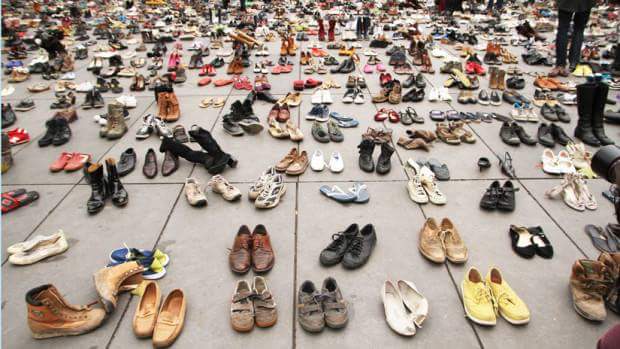2.1 billion dollars has been deleted from state mental health budgets in the last 3 years. The New York Times story attached below is grim. “Adult day treatment centers have been shuttered; subsidies for outpatient counseling, medications and family support services have dried up; case managers have been laid off; and more than 4,000 beds in psychiatric hospitals have closed, according to Michael J. Fitzpatrick, executive director of the National Alliance on Mental Illness. The fiscal squeeze has highlighted the inadequacy of community services to accommodate deinstitutionalization, and waiting lists have grown steadily in many states….In Washington State, Gov. Christine Gregoire, a Democrat, imposed nearly $19 million in midyear cuts to community treatment programs last fall…In Kansas, the new governor, Sam Brownback, a Republican, has asked the Legislature to eliminate $10.2 million from the state’s community mental health centers and $5 million from therapeutic services for children with severe disorders…In Mississippi, Gov. Haley Barbour, a Republican, has proposed spending 13 percent less on mental health than his own division director said would be needed to provide the same level of services as this year. His state has already cut spending on group homes, subsidized medications, case management, halfway houses and crisis intervention. It has also eliminated $7 million in grants to community agencies and closed more than 200 beds at a state hospital and a dorm at an adolescent treatment center…” Virtually every state could have been catalogued in this article. This is the tip of the iceberg.
In our zeal to curtail the costs of mental health treatment we have left ourselves and literally millions of people, millions of our fellow citizens defenseless before the consequences of mental illness. We all affect each other and everyone that has a mental health diagnosis intersects with and affects the lives of many other. The statistics are so common now I wonder if we have not just gotten comfortable with them. 33,000 commit suicide each year. The jails feeling up with people whose major issue is untreated mental illness. The homeless…..the families affected…. the children affected…..the incredible financial costs of mental illness in the workplace….the growing needs of our militiary– what area of life has not been affected?
I understand the costs of mental health treatment. At what point do we talk about the costs of the consequences of mental illness?
We have, in effect, by the omission of help needed, defined a large segment of our population as disposable. “We really would like to help. After all that is what is in our values. But times being what they are we simply cant afford to do what we would like. ” If we define our brothers as disposable I really wonder how we have defined ourselves. And I cant help but wonder about what that has cost us.
After Tucson Shooting, Scrutiny on Mental Health Cuts – NYTimes.com.

Most 6th graders know Einstein’s Theory of Relativity, but most politicians do not know what I call Einstein’s Theory of Insanity—“insanity,” he said, “is doing the same things over and over and expecting different results.”
Mental health care cuts by governors go back 40 years in my home state of California when deinstitionalization began under Ronald Reagan. Politically, it was a good idea at the time, but Reagan provided no funding for community-based mental health care. During Reagan’s tenure as governor, the number of mentally ill people in the state hospital system dropped from 26,500 in 1967 to 6,400 in 1974. While many thought that deinstitutionalization represented progress, the truth is that former patients were residing in our parks, on streets and sidewalks, or in doorways of various establishments in numbers that now reach into the thousands.
Jails and prisons have become almost the new mental hospitals of our era. That may be a bit of an overstatement, but it’s not very far off. They have become the major confining facilities, receptacles for the poorest and in many cases the most serious of the mentally ill because there’s just no other place. There’s a cliché that the biggest mental hospital in California is the Los Angeles County Jail.
We have 166,000 inmates in California prisons costing taxpayers an average of about $47,000 per inmate per year. Two-thirds of these costs are for security and health care.
For each dollar invested in treatment, studies have found a four to seven dollar cost-savings on crime and criminal justice costs. The cost of incarcerating someone for five years is $125,000 – a cost that is much higher than treatment for mental health conditions.
Funding community-based mental health makes a lot of “cents.”
All Of Us On This Planet, Really Cannot Rely On Anybody Or Anyone (Anyone Or Anybody) But Our Own Selves, Not Really. (We Must All Rely On Our Own Selves Really, Because No One And No Body And No Body And No One Really Cares About Anyone Or Anybody Or Anybody Or Anyone, NOT REALLY!) 😦
Reblogged this on Hopeworks Community and commented:
From the archives. The truth Murphy does not talk about.